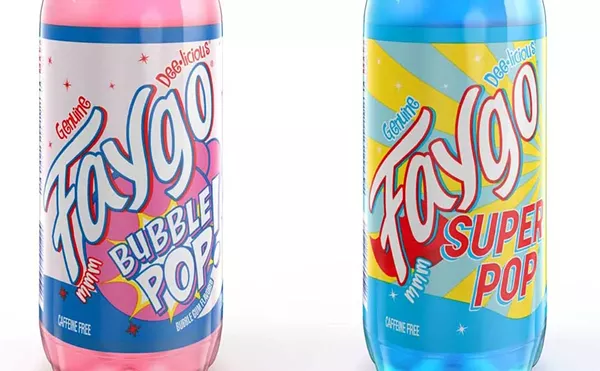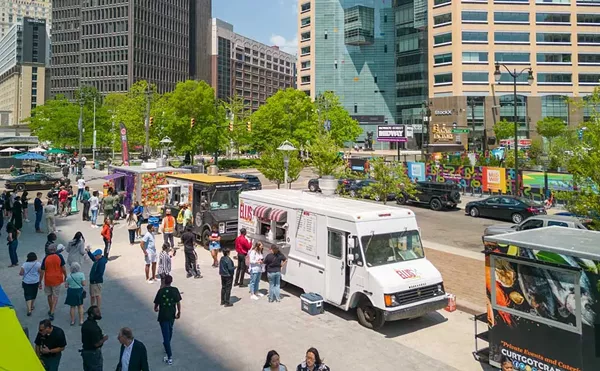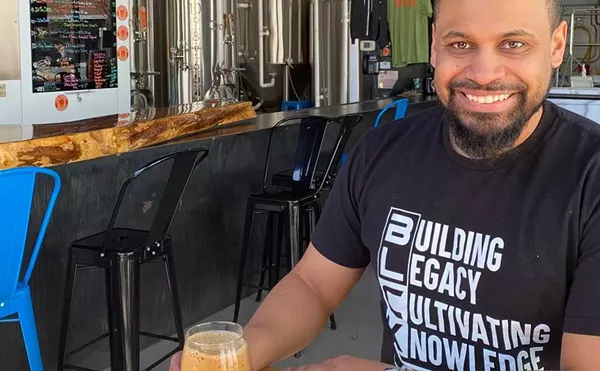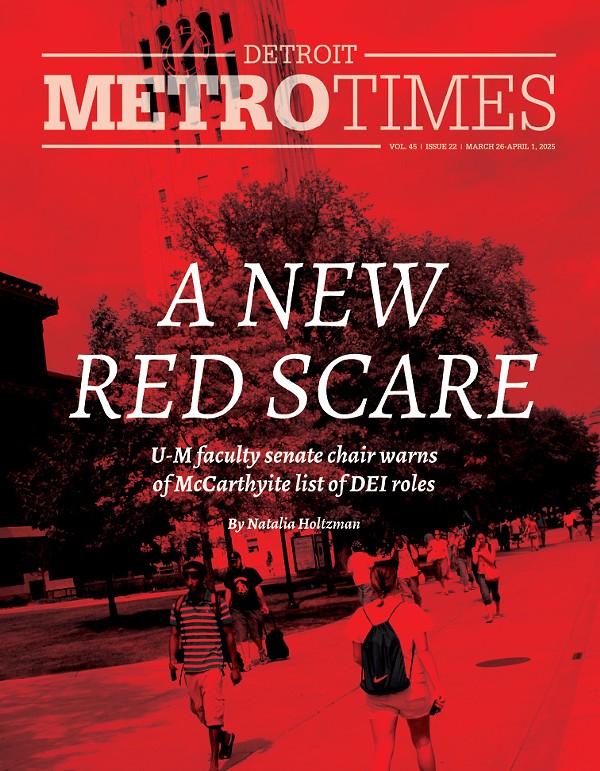A server slips the ring from a black linen napkin, shakes out the folds and places it on your lap. Another appears with a round tray carrying white towels tightly rolled into logs. With a pair of tongs, one is plucked from the tray, and as you clean your hands with the steaming cloth — such a refreshing and civilized ritual — you feel the tensions of the day slipping away.
In moments, yet another server hands you a tiny, tall glass filled with a bright yellow drink. It’s sweet and tart; again, refreshing. Paddy Rawal, the restaurant’s culinary adviser, reveals the ingredients: lemon juice, saffron, sugar and mint.
What a way to start a meal! It’s going to be a good evening.
Bombay distinguishes itself with the word “grille.” You can watch the process through a window in the dining room. Grilled items are prepared in tandoors, deep clay ovens shaped like footballs standing on end, intensely heated by charcoal fires at the bottom. Most Indian restaurants, Rawal says, use gas, which is cheaper, but can’t produce the flavor of a charcoal fire.
In one tandoor, the chef balances long skewers dressed with lamb, chicken, beef, fish, cheese and vegetables. In another, a chef slaps flattened pieces of dough on the clay wall to make naan. The bread, which blisters as it cooks, is done when it falls off the wall, which takes only minutes. Native eaters use the fragrant, chewy naan to scoop up their food. It’s integral to the meal, but has to be ordered separately. A loaf of plain naan is $1.50; a variation baked with chopped nuts is $3.95.
We order an appetizer called bhel puri, provocatively described on the menu as “rice crispies.” Rawal says that in Bombay, a coastal city, people head to the beach at night, kids and grandparents in tow. Little stalls sell the snack, which is eaten with crackers. It’s a mixture of crispy rice, crushed crackers, green mango, and finely minced onions, cilantro, green chili peppers and tomatoes. Rawal calls the sauce, made of dates, tamarind, cumin seeds and jaggery (raw sugar), “the fire extinguisher.”
Spices are key to Paddy Rawal’s menu. “Every spice,” he says, “has its own individual use and reason behind its use. No two dishes will taste the same.” The spice may be chosen for its flavor, color or texture. Cinnamon, he says, goes with vindaloo (a type of curry), and garlic with spinach. Besides its culinary value, each spice has reputed medicinal value. Ginger is said to be good for any ailment from the chest up, whether a cold, cough or bronchitis. Garlic works well for issues from the chest down to the abdomen. When he has a cold, Rawal says, he makes a mixture of turmeric, honey, ginger juice and milk. “By morning,” he says, “the chest will be clear.”
We tried several tandoori items. Seekh kabob — minced lamb cooked on a skewer — tastes nothing like the Middle Eastern variation called shish kafta, because of its rich spice blend. It is served on a bed of sweet onions and green peppers on a hot metal plate. Chicken malai is marinated in yogurt and spices, then grilled. There are three vegetarian kebabs, some with paneer, a mild homemade farmer’s cheese. For fish-lovers — grilled shrimp, salmon or mahi mahi.
The rest of the menu encompasses the major regional variations of Indian cuisine, including curry, biryani (slow-cooked in an earthen pot with basmati rice), and dosai (the dramatic pancakes from southern India that are rolled and served with chutney; or dressed with tomato sauce flavored with different types of masala, the classic — and infinitely variable — Indian spice mix. This is a great place for carnivores and vegetarians to commingle; the entrée menu is about evenly split between the two.
A word to the wise: There are no little peppers on the menu to indicate the level of heat in a dish, and you can’t ask for alterations. Take the menu descriptions seriously and ask questions; to my taste, Bombay’s “medium spicy” is very hot.
Several classic Indian desserts are offered, including kulfi (ice cream) and carrot pudding. Gulab jamun, deep-fried milk dumplings served with light syrup, are redolent of cardamom. Mango lassi is also delicious, and not too sweet.
Wine, beer and liquor are offered.
Each time we left the restaurant, we were handed a red rose. The first time I thought it was because it was Sweetest Day. But it’s just another one of the extras that make Bombay Grille a standout.
Elissa Karg dines for Metro Times. E-mail [email protected].






